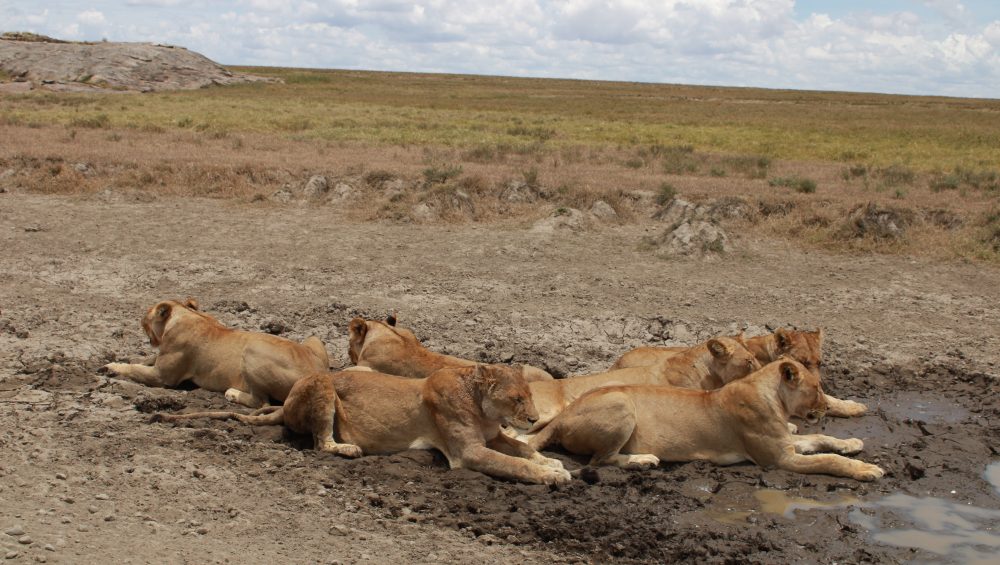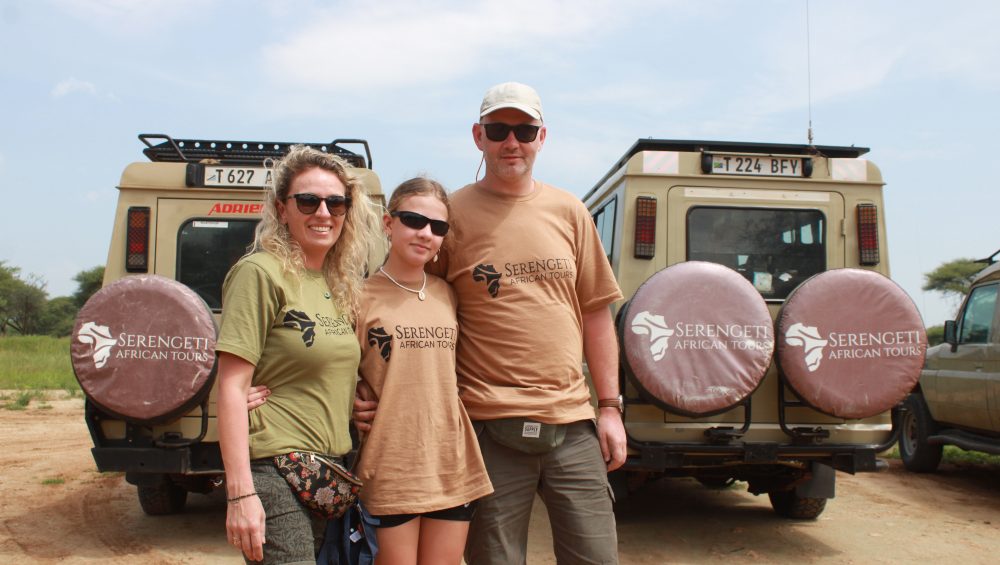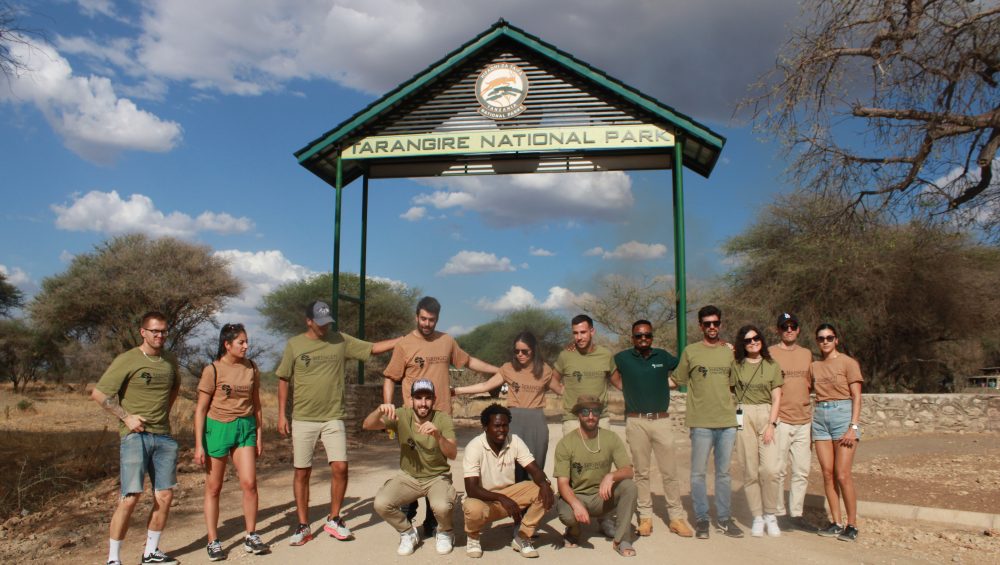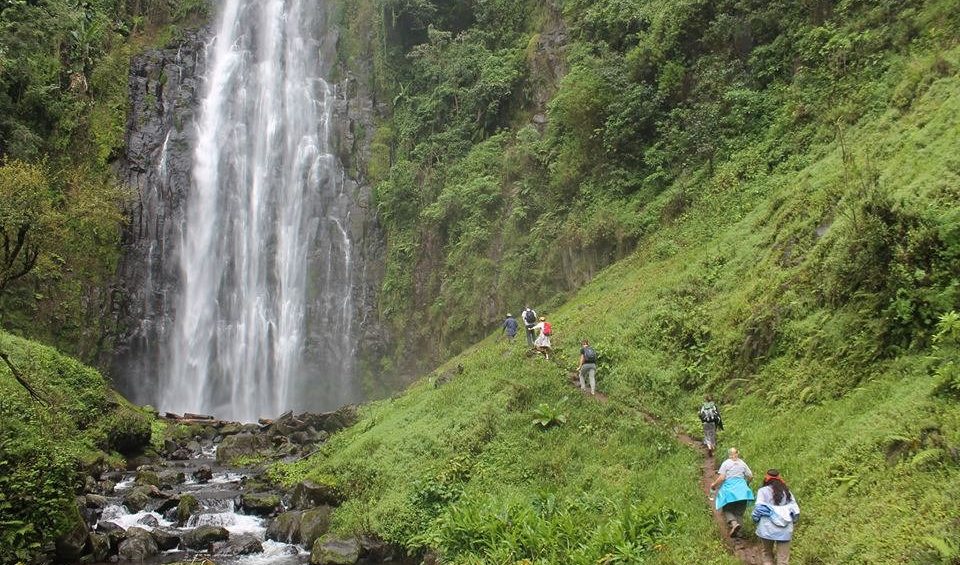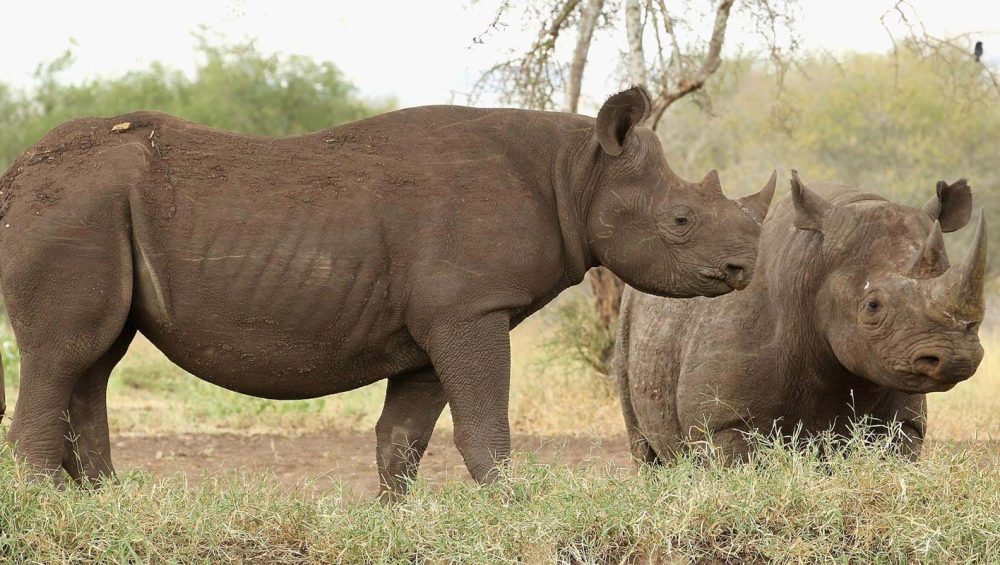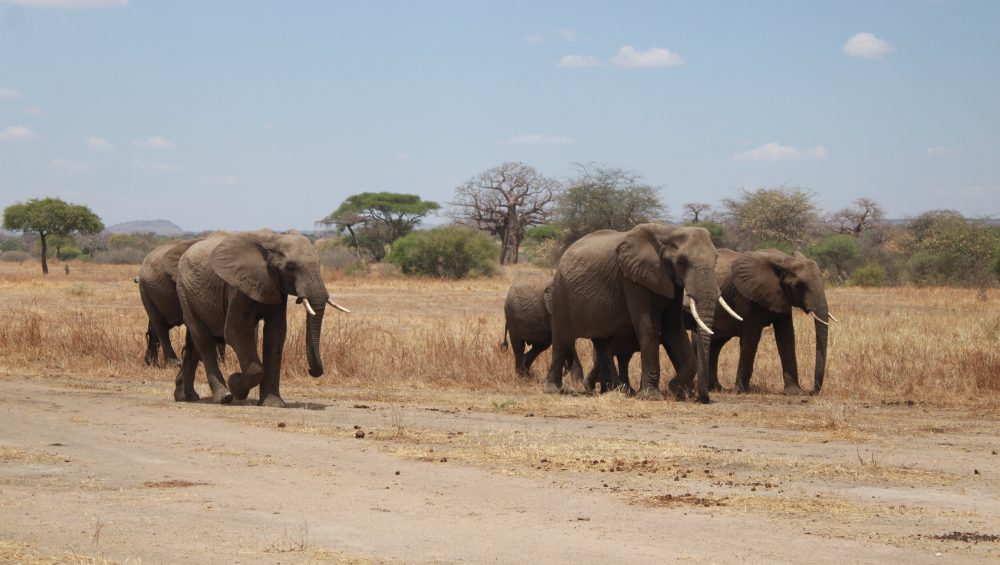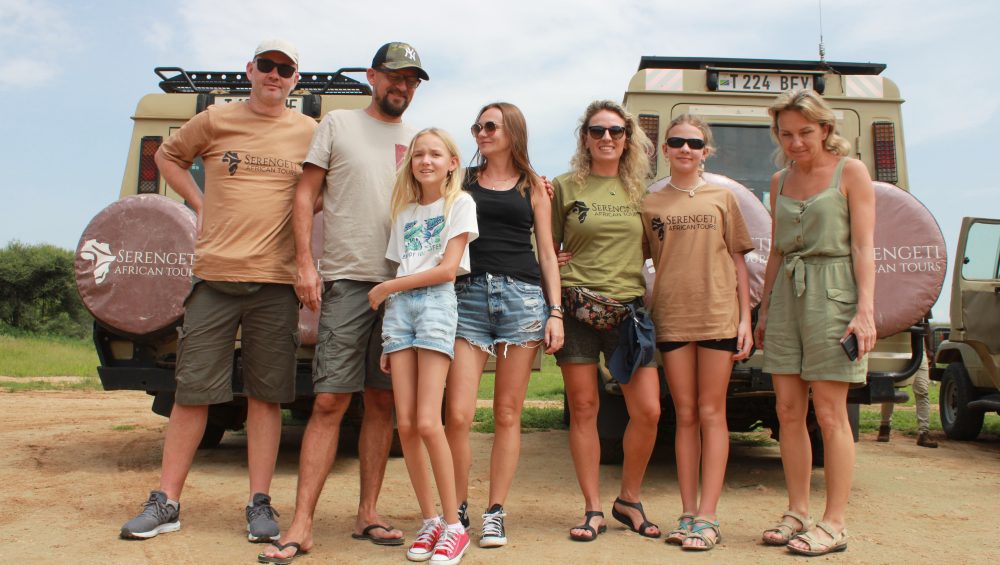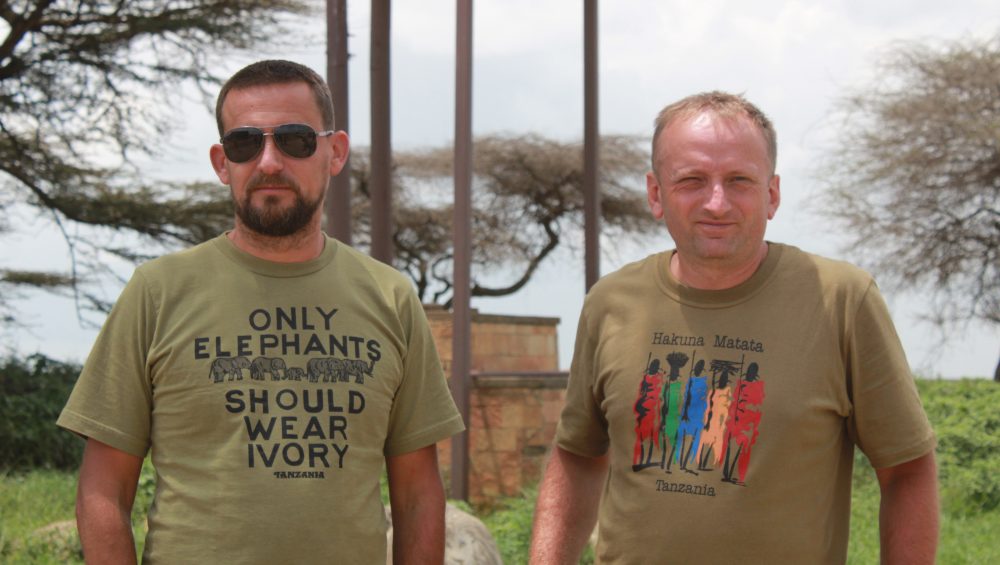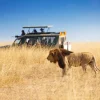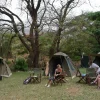Beyond the Safari: 10 Unique Adventures in Tanzania
Beyond the Safari: 10 Unique Adventures in Tanzania
Tanzania is world-famous for its safari experiences in places like the Serengeti and Ngorongoro Crater. However, this East African gem offers so much more than just wildlife viewing! From towering mountains to pristine beaches, vibrant cultures, and thrilling outdoor activities, there are countless unique adventures waiting to be explored.
If you’re looking to experience Tanzania beyond the safari, here are 10 must-try adventures that showcase the country’s incredible diversity.
1. Climb Mount Kilimanjaro 🏔️
Why go?
As Africa’s highest peak (5,895m), Mount Kilimanjaro is a dream for adventurers. The trek to the summit, Uhuru Peak, offers breathtaking landscapes, from tropical rainforests to glaciers.
Best time to go:
- January–March (less crowded, cooler)
- June–October (dry season, great visibility)
📌 Tip: You don’t need technical climbing skills, but a good level of fitness is essential!
2. Relax on Zanzibar’s White Sand Beaches 🏝️
Why go?
After an adventurous safari or mountain trek, Zanzibar offers the perfect tropical escape. With crystal-clear waters, white sand beaches, and rich history, it’s an island paradise.
Top activities:
✔️ Snorkel or dive in Mnemba Atoll
✔️ Explore Stone Town, a UNESCO World Heritage Site
✔️ Take a spice tour and learn about Zanzibar’s spice history
✔️ Swim with dolphins in Kizimkazi
📌 Tip: Visit Paje Beach for kitesurfing or Nungwi for vibrant nightlife!
3. Explore the Ngorongoro Highlands on Foot 🚶♂️
Why go?
Most people visit Ngorongoro Conservation Area for game drives, but trekking through the highlands is an unforgettable experience. Walk through lush landscapes, Maasai villages, and volcanic craters.
Top hikes:
✔️ Empakaai Crater Hike – Stunning views and flamingo-filled lakes
✔️ Olmoti Crater Hike – Easier trek with waterfalls
✔️ Crater Rim Trek – Multi-day adventure with sweeping panoramas
📌 Tip: Hire a local Maasai guide to learn about the land and its people!
4. Dive or Snorkel in Mafia Island’s Marine Park 🤿
Why go?
Less crowded than Zanzibar, Mafia Island is a hidden paradise for divers. It’s home to one of the best-preserved coral reefs in the world and seasonal whale sharks.
Top activities:
✔️ Snorkel in Chole Bay
✔️ Dive among colorful reefs and shipwrecks
✔️ Swim with whale sharks (October–March)
✔️ Visit Juani Island’s ancient ruins
📌 Tip: Mafia Island is remote—fly from Dar es Salaam for easy access.
5. Experience the Great Migration on Horseback 🐎
Why go?
Imagine galloping across the Serengeti or Maswa Game Reserve, surrounded by thousands of wildebeest and zebras! Horseback safaris offer a thrilling, non-traditional way to experience wildlife.
📌 Tip: Best for experienced riders—the terrain can be challenging!
6. Visit Lake Natron and Its Flamingos 🦩
Why go?
Lake Natron is a surreal, red-hued lake where thousands of flamingos breed. The high alkalinity makes it inhospitable for most life, but it’s a birdwatcher’s paradise.
Top activities:
✔️ See flamingos nesting (August–November)
✔️ Hike to Ngare Sero Waterfalls
✔️ Climb Ol Doinyo Lengai, an active volcano
📌 Tip: The lake’s surface looks like a mirror, making it one of Tanzania’s most photogenic spots!
7. Discover the Ancient Culture of the Hadzabe and Datoga Tribes 🏹
Why go?
Meet Tanzania’s last hunter-gatherers, the Hadzabe, near Lake Eyasi. These indigenous people live traditionally, hunting with bows and gathering wild fruits. Nearby, the Datoga tribe are skilled blacksmiths, making jewelry and tools.
📌 Tip: Ethical tourism is key—visit with respectful, local guides to ensure your presence benefits the community.
8. Take a Hot Air Balloon Safari Over the Serengeti 🎈
Why go?
See the Serengeti from above at sunrise! Floating over the endless plains, you’ll witness herds of elephants, lions, and migrating wildebeest from a unique perspective.
📌 Tip: Book early, as spots fill up quickly—especially during the Great Migration (June–October)!
9. Kayak and Hike in Gombe Stream National Park 🐵
Why go?
Famous for Jane Goodall’s chimpanzee research, Gombe Stream National Park is an off-the-beaten-path destination with no roads—only footpaths and boats!
Top activities:
✔️ Chimpanzee trekking in dense forests
✔️ Kayaking along Lake Tanganyika
✔️ Hike to Jane’s Peak for stunning views
📌 Tip: Visit between June–October for the best chance to see chimps!
10. Take a Dhow Safari in the Indian Ocean ⛵
Why go?
Sail on a traditional wooden dhow along the Tanzanian coast or Zanzibar’s waters. Explore hidden sandbanks, coral reefs, and uninhabited islands while enjoying a seafood feast.
📌 Tip: Book a dhow safari in Menai Bay Conservation Area (Zanzibar) for dolphin encounters and snorkeling!
Final Thoughts: Why Tanzania is More Than Just Safari!
While safaris are a highlight of Tanzania, the country offers so much more for adventure seekers, culture lovers, and beachgoers. Whether you’re climbing Kilimanjaro, diving with whale sharks, or immersing yourself in Maasai culture, there’s an unforgettable experience waiting for you.
🌍 Which of these unique adventures excites you the most? Let’s plan your perfect Tanzanian journey! 🚀✨
Deals and Discounts
Our Best Selling Tanzania Tours & Safaris
2 Days Tanzania Budget Safari
- Price: $500 per person
- Tour Type: Budget Safari, Joining Groups
- Place Visited: Arusha, Tarangire, Ngorongoro Crater
3 Days Safari Serengeti & Ngorongoro Crater
- Price: $750 per person
- Tour Type: Budget Safari, Joining Groups
- Place Visited: Arusha, Serengeti, Ngorongoro Crater
3 Days Tanzania Big 5 Budget Safari
- Price: $650 per person
- Tour Type: Budget Safari, Joining Groups
- Place Visited: Arusha, Tarangire, Lake Manyara, Ngorongoro Crater
3 Days Tanzania Safaris, Waterfalls And Coffee Tour
- Price: $620 per person
- Tour Type: Budget Safari, Joining Groups
- Place Visited: Arusha, Tarangire, Ngorongoro Crater, Materuni Waterfalls & coffee tour
3-Day Serengeti and Ngorongoro Camping Fly-in Safari
- Price: $1500 per person
- Tour Type: Budget Safari, Private Safaris, Camping Safaris, Fly In Safaris
- Place Visited: Arusha, Serengeti, Ngorongoro Crater, Zanzibar
3-Day Tarangire NP, Ngorongoro and Materuni Waterfalls
- Price: $605 per person
- Tour Type: Budget Safari, Joining Groups, Lodge Safaris
- Place Visited: Arusha, Tarangire, Ngorongoro Crater, Materuni Waterfalls & coffee tour
3-Day Tarangire, Ngorongoro and Kilimanjaro Hike
- Price: $715 per person
- Tour Type: Budget Safari, Joining Groups, Lodge Safaris
- Place Visited: Arusha, Tarangire, Ngorongoro Crater, Kilimanjaro Mountain
4 Day Taste of Tanzania Budget safari
- Price: $900 per person
- Tour Type: Budget Safari, Joining Groups
- Place Visited: Arusha, Tarangire, Serengeti, Ngorongoro Crater

